The famous Tiger tank became a symbol of German military might. Germany, along with Great Britain and the USSR, was one of the few belligerents who not only mass produced heavy tanks, but used them in combat in large numbers. The first production Tigers were ready in 1942, but their story begins five years prior to that. The Tiger's predecessors D.W. and VK 30.01(H) were quite a bit lighter, and were designed to perform a different set of tasks.
Breakthrough tank, German style
Heavy tanks were in a difficult spot during the interbellum years. Even though these were the first tanks to be used on the front lines, interest in them waned after the end of WWI. One of the most important reasons was that a heavy tank is an expensive toy. Far from all tank building nations built even medium tanks, and heavy tanks were a whole different story. Only the USSR built heavy tanks in the 1930s, but the total production count barely crawled over 50.
Military theorists imagined that, primarily, large amounts of light vehicles would be used, supported by a much smaller number of medium tanks. Such a doctrine had no place for heavy tanks. The tank doctrine of the German Wehrmacht, which was created to replace the old Reichswehr on March 16th, 1935, differed little from worldwide trends. Machinegun tanks became its foundation, and tanks armed with 20 mm guns were developed to complement them. Work on medium Z.W. and B.W. tanks also began.
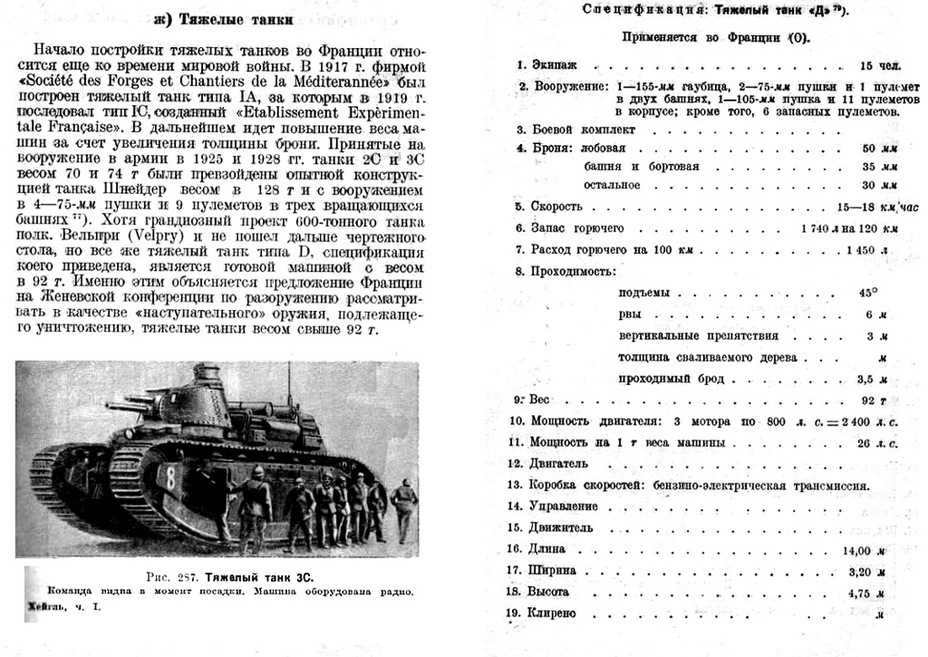
Overall, the Germans envisioned using light and mobile armoured vehicles with bulletproof armour. Nevertheless, the idea of designing another tank came up in the fall of 1935. As paradoxical as it sounds, it was meant to combat heavy tanks. France had such tanks: the FCM 2C was the biggest and heaviest mass produced tank in the world. Even though only 10 of these tanks were built, they played the role of a scarecrow very effectively.
The Germans seriously expected the French to continue building improved heavy tanks. In addition to the FCM 2C, German sources described a tank called FCM 3C. Based on the description, this was actually the FCM 2C bis, a converted FCM 2C with a 155 mm howitzer. Another clearly fictional tank was the so called ''Heavy Tank D''. It appeared in reference books after the French proposed the destruction of all tanks heavier than 92 tons. Such a tank was not even considered at the time, but that didn't stop its approximate characteristics from being included in the Taschenbuch der Tanks.
General Kurt Lise, the head of the Directorate of the Land Forces, also believed in the ''Heavy Tank D''. On October 30th, 1935, he raised the issue of developing a medium tank that would receive a 75 mm gun with a muzzle velocity of at least 650 m/s. This would allow it to effectively combat French tanks, which had 50-55 mm of armour, according to German sources. However, this project did not last long. Calculations showed that this tank would weigh at least 30 tons, and could not have more than 20 mm of armour.
The issue was an important one, as 30 tons was the weight limit of river crossing equipment. Even though Lise rejected the development of such a tank, the 6th department of the Ordnance Directorate (Wa Prüf 6) discussed the creation of a 600-700 hp tank engine with Maybach. Work on a 600 hp engine was approved on December 28th. A 30 ton tank was mentioned once again during this discussion. This kind of engine would provide it with a power to weight ratio of 20 hp/ton, giving it the mobility of a medium tank. Heinrich Kniepkamp was present during the discussion of the prospective tank.
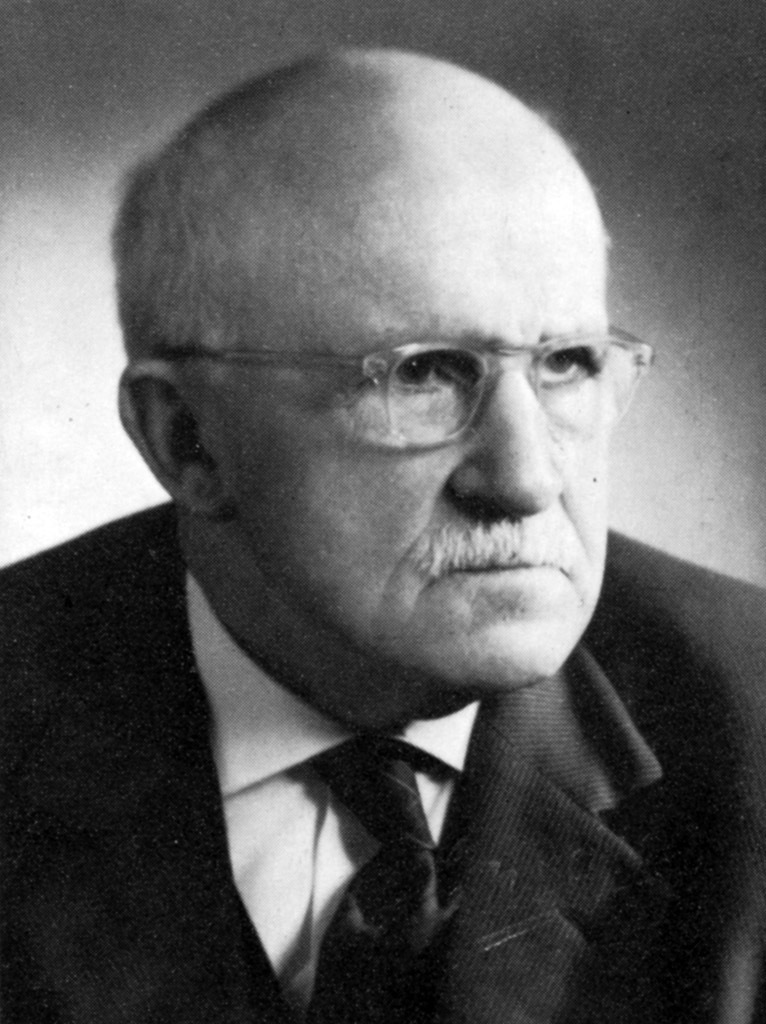
The 6th department returned to the issue of creating a 30 ton tank a year later. Krupp received an order to design a turret for such a tank on November 2nd, 1936. A 75 mm gun was pitched as the armament. A contract for a chassis was signed later, in January of 1937, when Kniepkamp was put in charge of prospective tank development. Unlike the turret, the military didn't entrust Krupp with the hull. Instead of the lead developer and producer of tanks, which was known for its capriciousness, Kniepkamp found another contractor. Its name was Henschel und Sohn from Kassel.
The locomotive building giant already had experience with tank building. It produced PzI Ausf. A, and later PzI Ausf. B tanks. Each time, Henschel received a large proportion of the order. Of course, the company, which was one of the sponsors of the NSDAP, wanted more. After the Nazis came to power, Henschel began designing and producing aircraft, the most successful of which were the Hs 126 artillery observer, and Hs 123 and Hs 129 ground attack aircraft.
Henschel was also not satisfied with the role of a mere tank assembly plant. A design bureau was organized in 1936, headed by Erwin Aders. Aders had previously worked at MAN and Daimler-Benz, mostly in the automotive industry. However, both of these companies also built tanks. Daimler-Benz did it on its own, and MAN had their subsidiary, Gutehoffnungshütte, Aktienverein für Bergbau und Hüttenbetrieb (GHH). This company controlled the Swedish Landsverk, with Otto Merker as its chief designer. As a result, the more successful Swedish projects, such as the torsion bar suspension (originally designed by Porsche K.G.) migrated to German tanks.
Unlike Krupp's capricious design department, which frequently butted heads with Wa Prüf 6, Aders had no such reputation. Kniepkamp's leadership as the main ideologist of a new tank chassis concept went unchallenged. One can safely say that Henschel's tank development was, in many ways, the development of the 6th department.
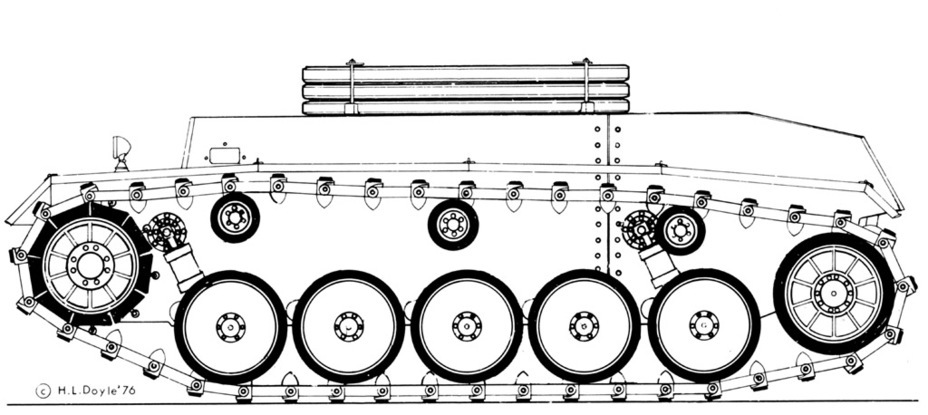
Initially, the 30 ton tank was called B.W. (verstärkt) , or ''reinforced support tank''. The name itself suggested that the purpose of the vehicle, which was now classified as a heavy tank, changed. Instead of fighting against French tanks, it was now meant to do the same thing as the B.W. The armament, a 7.5 cm KwK L/24, the same gun as the one used on the PzIV, suggests as much.
The name B.W. (verstärkt) did not last for long. On March 12th, the tank was renamed I.W. (Infanteriwagen, infantry tank). This name lasted for a month and a half. On April 28th, it was changed to D.W. (Durchbruchswagen, breakthrough tank). The name was very appropriate for this concept.
Since Maybach was unable to create a 600 hp engine, the choice fell to the 300 hp Maybach 120 TR. The engine limited the top speed of the tank to 35 kph. On the other hand, the tank received respectable armour for the time: 50 mm all around.
The layout of the tank differed little from other German tanks of the era. The transmission, consisting of a semiautomatic Maybach Variorex, Cletrac turning mechanism, and planetary final drives, was placed in the front. The turret platform and hull were made in one unit, assembled from two halves. This made it more resistant to attack, but made servicing the transmission more difficult.
The suspension was also significantly altered. Kniepkamp's design was repeated among many prospective tanks of the era. The D.W. received five road wheels per side, mounted on a similar torsion bar suspension to the one used on the Landsverk L-60. The front and rear road wheel received shock absorbers. Like on Kniepkamp's halftracks, the road wheels and idlers had rubber rims. the track links were also similar to those used on the halftracks, as they had rubber pads and lubricated joints. It is not clear why these tracks, designed for high speed vehicles, were used on a tank that could not go faster than 35 kph. It is noticeable how Kniepkamp attempted to unify the D.W. with the Z.W.38 (future PzIII Ausf. E) as much as possible, especially in the transmission department.

Henschel made the decision to build another prototype in mid-1937. Since the vehicles were technically distinct, the first prototype was renamed to D.W.1, and the second to D.W.2. Its hull was not split into two parts, and the suspension and transmission were different. This was largely caused by the mixed results of PzIII Ausf. E trials. Also, for a tank that had a top speed of 35 kph, some of these features were clearly unnecessary. The torsion bars were altered, the track pitch was reduced from 300 to 260 mm, and the drive sprockets were changed. Instead of a three-radius Cletrac, a multi-stage turning mechanism was used. The final drive design was simplified.
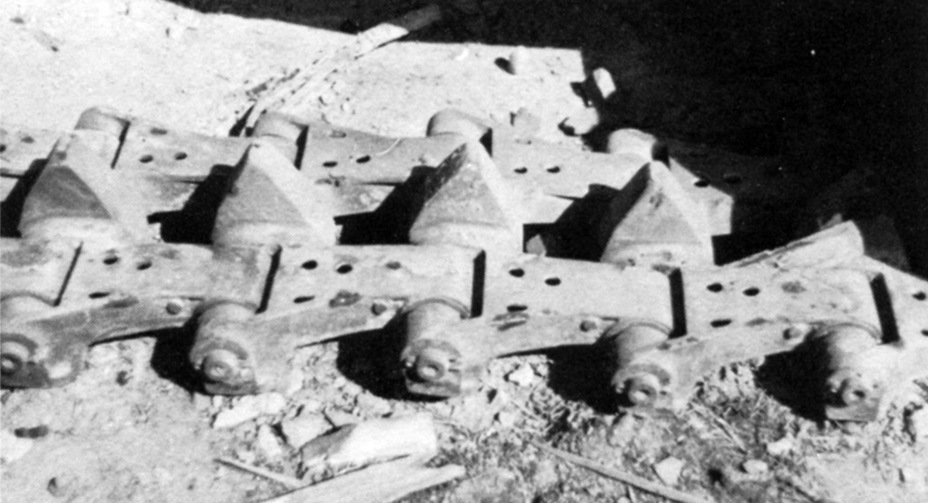
According to production plans dated October 1st, 1947, Henschel built the D.W.1 and the D.W.2 in the second half of 1938. Both tanks were built and tested, but there is no precise information on the topic. One can certainly say that the trials resulted in plenty to think about. Based on further development, the running gear was deemed poorly suited for a tank with such a mass. This is especially true for the track links with rubber pads. Similar track issues were recorded during Z.W.38 trials.
As for the turret, the D.W. never received one. Contract #106-8000/38 for the production of a turret from mild steel was signed on July 24th, 1938. It was completed on May 26th, 1939. However, the heavy tank program had changed by then, and the requirements for the turret changed as well.
Victim of a weigh limit
Despite several issues discovered during the trials of the D.W., the overall concept satisfied the military. In 6 (Inspekteur für Heeresmotorisierung, Motorized Forces Inspection) gave the order to continue work on September 9th, 1936. The D.W. was seen as an alternative to the PzIV, if not the outright replacement. The armament of the two tanks remained the same. The requirement of staying below 30 tons was once again highlighted.
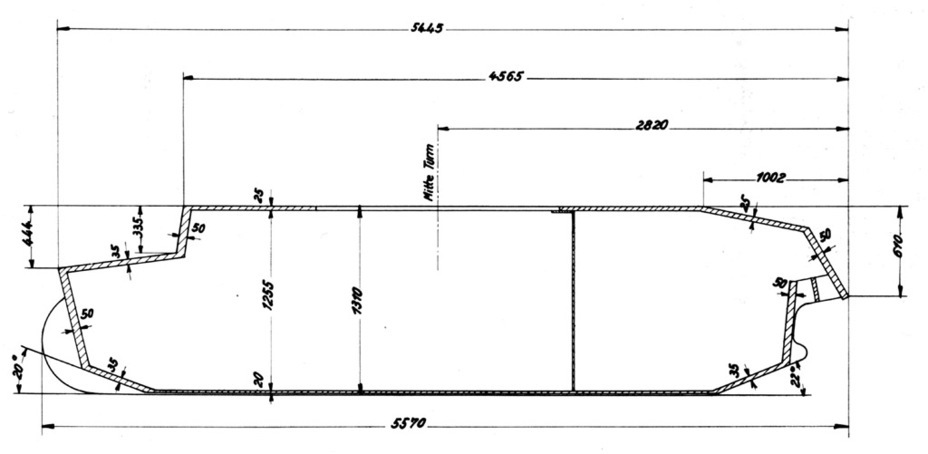
The project continued to be called D.W., but was later renamed to VK 30.01. In November 1939, the original D.W. was renamed to VK 30.01 alte Konstruktion (old design). Occasionally, both the new and the old tank were referred to as D.W. The overall layout remained the same, but Henschel and Kniepkamp made a heap of changes to their tank. The suspension changed drastically. The drive sprockets were now fully metal, a more traditional sprocket scheme was used, and, more importantly, the road wheel configuration changed.
The development of the VK 6.01, or PzI Ausf. C, had an effect. The number of road wheels increased to 7, placed in an interleaved pattern. This increased the contact surface and improved the smoothness of the driving, especially off-road. Initially, the road wheel diameter was 500 mm, but it was increased to 700 mm on January 5th, 1940.
The engine was changed too. Now the tank carried a 300 hp Maybach HL 116. A redesigned cooling system introduced distinctive air intake ''ears'' on the sides of the hull. The gearbox didn't change, but the turning mechanism was changed to the 3-radius Henschel L 320 C with hydraulic actuators, like the one used in the Z.W.38.
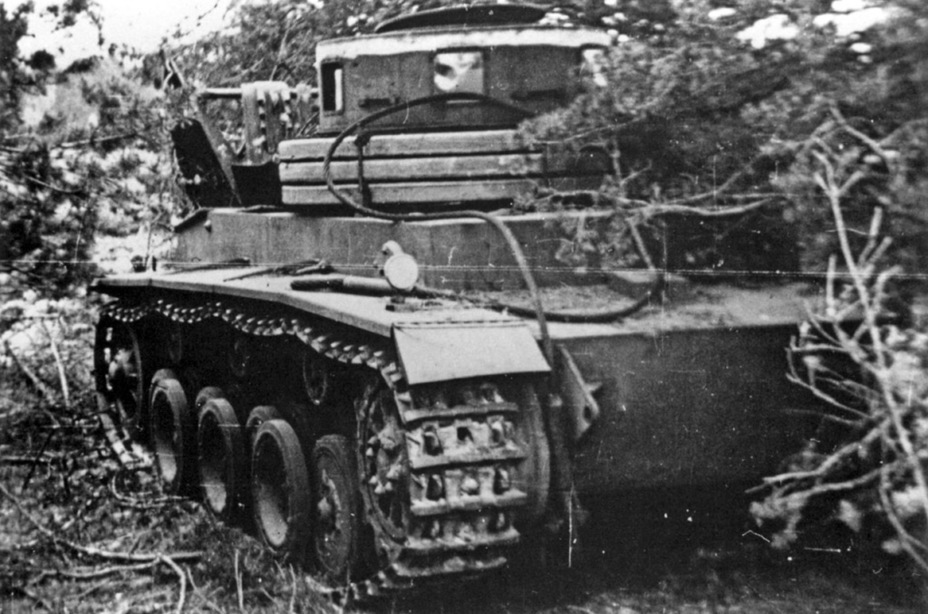
Krupp managed to receive a large part of the order for the development of the VK 30.01. The hulls for the new tank were built in Essen. The contract for development and production of turrets also went to Krupp. The D.W. turret was taken as the foundation, and some changes were made. The sight had to be changed during the development of the D.W., since it was too short. This is how the T.Z.F.9 sight, later installed in the VK 45.01, came to be. The turret of the VK 30.01 was unified with the turret for the S.W. superheavy tank, later the VK 65.01. The only difference was armour: the turret of the VK 65.01 was 80 mm thick.
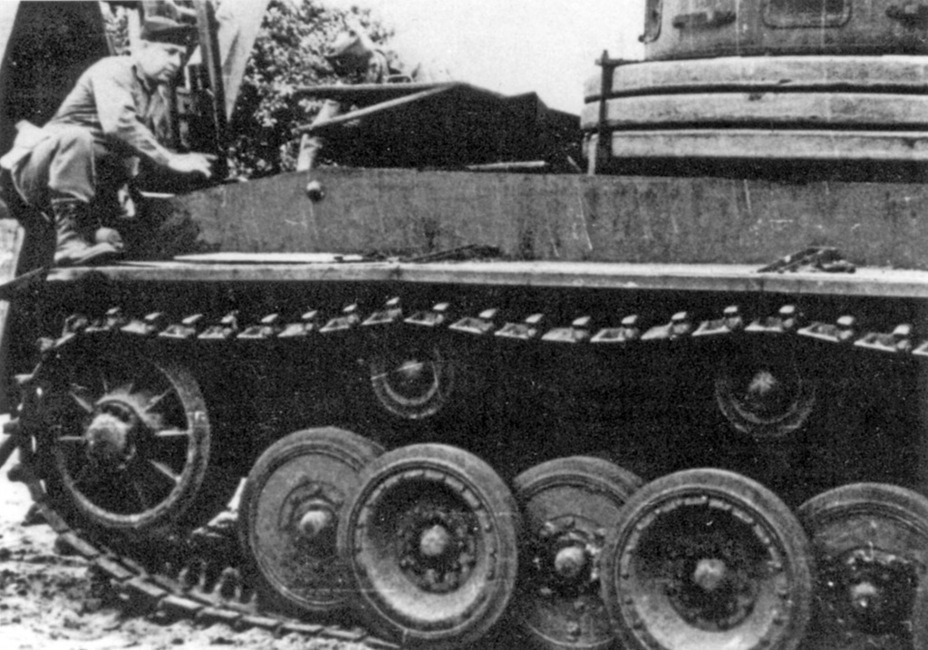
According to initial plans, Krupp was to deliver the first VK 30.01 hull by March 15th, 1940, the second by April 15th, and the third by May 15th. In practice, the situation developed differently. The war required resources to be redistributed to existing tanks, and this was the cause of many delays. Nevertheless, all three hulls reached Henschel in 1940, where they were used to make experimental chassis. The 6th department signed contract #106.3.3801/39 with Krupp for the production of 8 hulls for the zeroth batch. The hulls would be delivered from July to October of 1941. Contract #106.3.5910/39 for production of 8 turrets at a subsidiary, Grusonwerk, was signed on the same day. They would be delivered between October 1941 and January 1942.
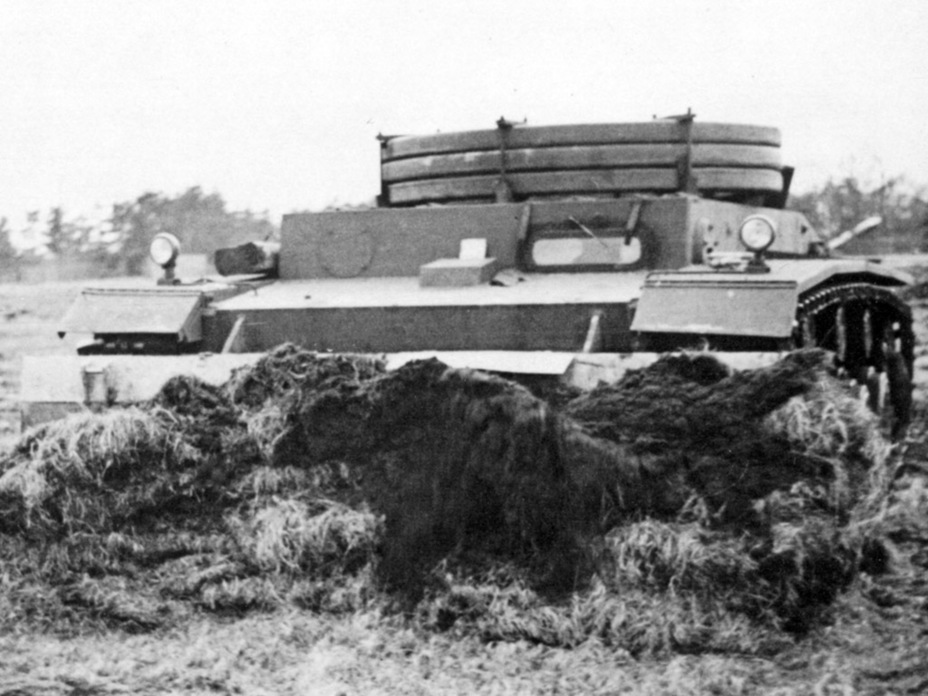
Changes, sometimes significant ones, were still being made to the design of the VK 30.01. For example, the thickness of the floor armour was increased to 25 mm on June 21st, 1940. Various changes were made to the design until the end of August of 1941. One of the most noticeable changes was the replacement of the gearbox with the mechanical ZF SSG 77. The same gearbox was used on the PzIII starting with the Ausf. H. The gearbox was replaced on February 25th, 1941, and two more options came up in August: the semiautomatic SRG 328 and SMG 90.
The replacement of the engine with more powerful variants was another major change. The 375 hp Maybach HL 190 was offered as an alternative, and, later, the 400 hp Maybach HL 150. In case of the HL 150, the power to weight ratio of the 32 ton tank increased to an acceptable 12.5 hp/ton. To compare, the power to weight ratio of the PzIV Ausf. E was 12.05 hp/ton.
The name of the tank also changed. On October 31st, 1941, the tank was dubbed Pz.Kpfw.VI (7.5 cm). The names D.W. and VK 30.01 remained in use. In order to not confuse it with Porsche's project, the latter index was slightly changed to VK 30.01 (H).
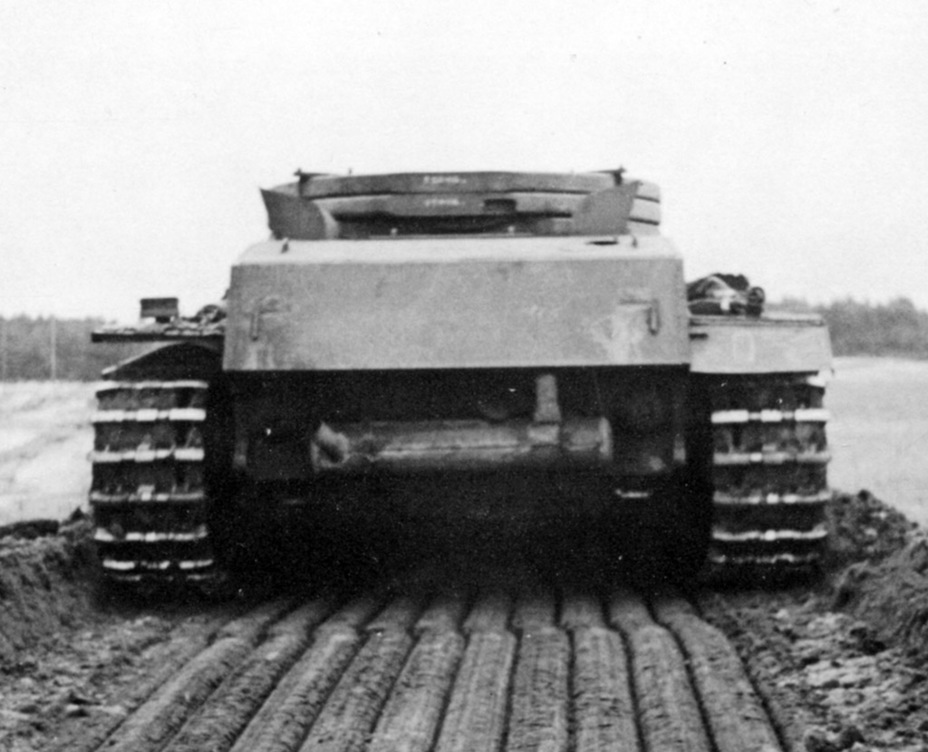
The VK 30.01 (H) was not the only tank designed by Henschel in the spring of 1941. Work on the reworked A.W. began in July of 1940, which transformed into the significantly lighter VK 36.01. The heavier VK 45.01 project was launched at a meeting on May 25th, 1941. This did not mean that the development of the VK 30.01 would cease. Krupp delivered the first hull for the zeroth batch to Henschel on August 8th, 1941. Vehicles from this series received serial numbers from 150411 to 150418. The last hull arrived in Kassel on November 30th. As for turrets, the first two sets were sent from Essen to Magdeburg on September 27th.
The first tank with serial number 150411 was put through trials at Henschel's proving grounds at Sennelager, near Paderborn. The turret was installed on the tank by then. The last set of plates for turrets was delivered by Krupp on January 21st, 1942.
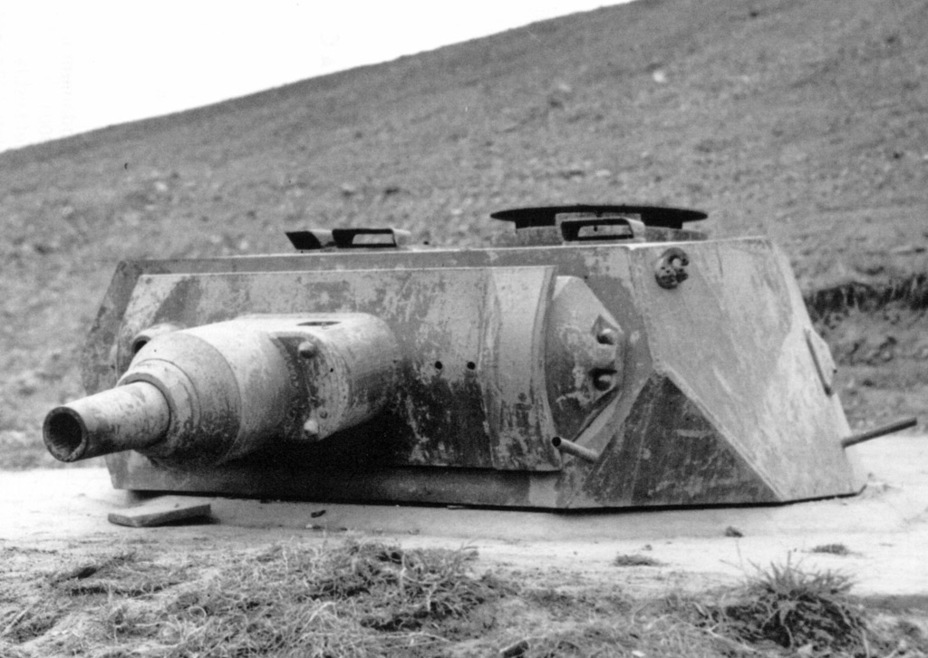
By early 1942 it was clear that the VK 30.01 would not enter production. The development of the PzIV meant that it was equivalent to its potential replacement in frontal armour, but had two thirds of the mass and significantly improved mobility. The VK 30.01 (H) had no further room for development, especially for its armament.
It became clear during the fighting in France that the 7.5 cm KwK L/24 was too weak to fight against tanks with shell-proof armour. On March 12th, 1941, the idea of installing a 33 caliber long 75 mm gun that had a muzzle velocity of 550 m/s on the PzIV came up. A project with a more powerful 34.5 caliber gun, which was later built in metal, was conceived in October. The idea of installing this gun into the VK 30.01 was naturally considered. Here, the Germans were faced with disappointment. Without significant changes, this rearmament was impossible. The most that could be done was the installation of the 60 caliber KwK 39. One of the major causes was the dense layout of the turret, which had no bustle.
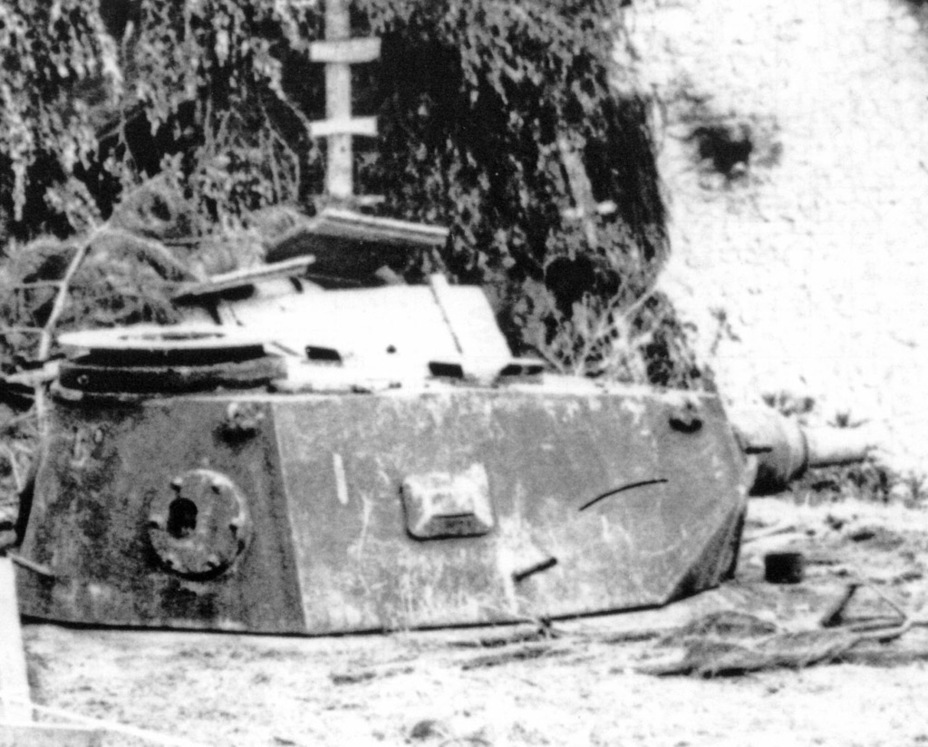
A second attempt at installing a more powerful gun was made on December 3rd, 1941. This time, the 75 mm KwK L/43 was used, later accepted into service as the 7.5 cm KwK 40 L/43. Krupp responded on January 16th, 1942. It was theoretically possible to install such a gun, but it would require serious changes to the gun mount and a number of limitations for the commander. It is not surprising that the 6th department closed the project on January 30th. Meanwhile, the PzIV proved itself much more suitable for the installation of more powerful weapons and thicker armour.
The story with the VK 30.01 (H) is no accident. Many German wartime tank designs suffered from the same issues.
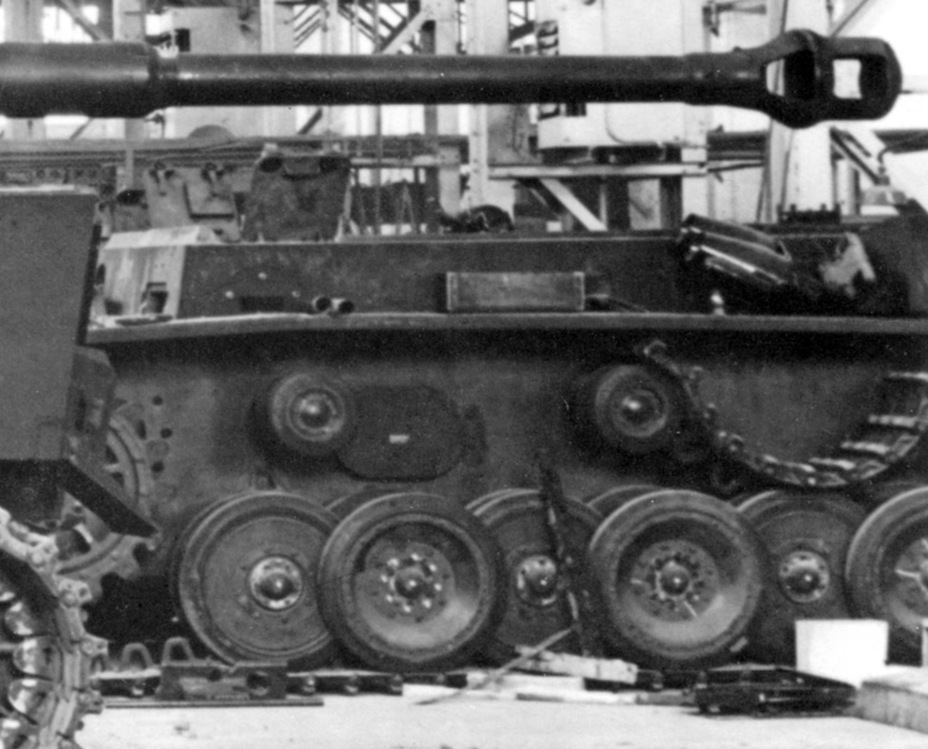
The fate of the zeroth batch was decided on the same day that the project was cancelled. The number of tanks produced was reduced to four, and they were no longer destined for combat. The tanks were now produced only for training. Two chassis were made in March of 1942, and two more in October.
As for the turrets, they had another fate in store. The idea of using them in fortifications was first voiced on November 1st, 1942. This work reached the practical stage in February of 1944, when a decision was made to use six turrets at the Atlantic Wall. Only four were sent. They took part in the combat against the Allied landing in Normandy, but not very effectively. Two more turrets were installed at the West Wall in March of 1945, near Vlodrop, at the border between Germany and the Netherlands.
The gun mounts in the turrets received a large counterweight during their conversion. It's worth mentioning that tank with serial number 150411 was assembled completely, with a turret. The British captured it and one experimental chassis in the spring of 1945. It was being used to test engineering equipment.
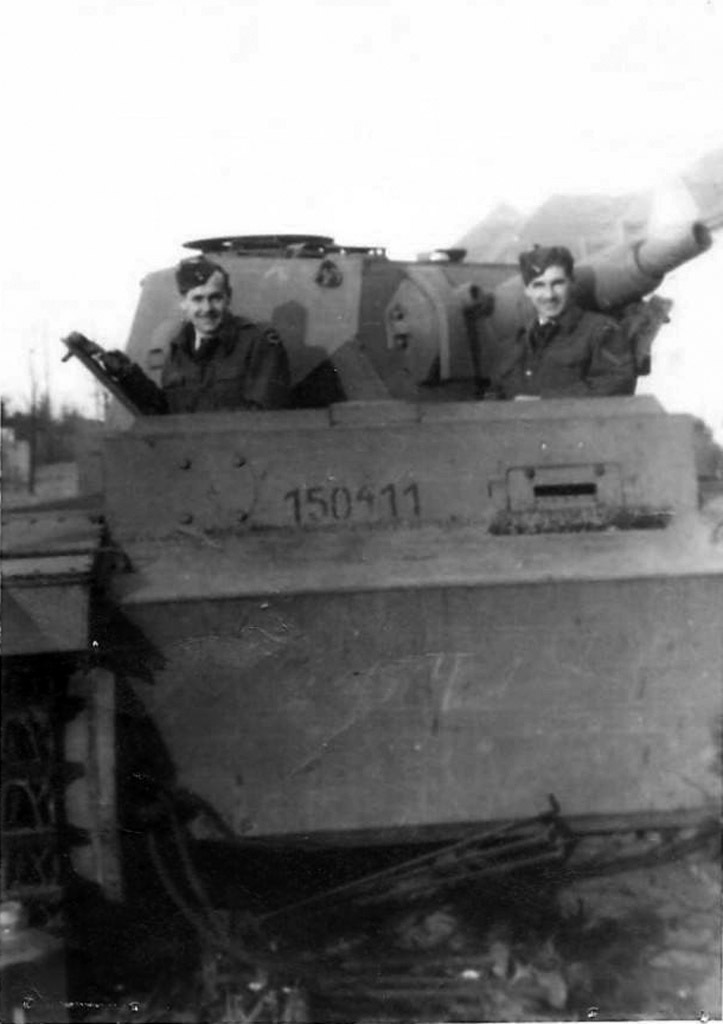
The complex fate of the VK 30.01 (H) was the result of a very specific set of design requirements. A limit on the mass and fighting compartment volume led to a strange tank, especially when it came to armament. Krupp's design raises many questions. The company's designers came up with a turret that could not carry a more powerful gun without a heap of alterations. As mentioned above, this issue plagued the vast majority of German wartime designs.
Another issue was that the VK 30.01 (H) chassis had few reliability reserves, reacting poorly to any increase in mass. This was felt during the use of the Pz.Sfl.V SPG, built in 1942 on the VK 30.01 (H) chassis. However, the D.W. and VK 30.01 (H) were not complete failures. These tanks became the stepping stone towards the Tiger, which is is considered by many as one of the best tanks of WWII.
Translated by Peter Samsonov. Read more interesting tank articles on his blog Tank Archives.
Sources:
- BAMA (Bundesarchiv);
- National Archives and Records Administration;
- Panzer Tracts No. 6 — Schwere-Panzerkampfwagen D.W to E-100, Thomas L. Jentz, Hilary L. Doyle, Panzer Tracts, 2001, ISBN 0–9708407–1–3;
- Panzer Tracts No. 20–1 – Paper Panzers, Thomas L. Jentz, Hilary L. Doyle, Panzer Tracts, 2001;
- Germany’s Tiger tanks, D.W. to Tiger I: design, production & modifications, Thomas L. Jentz, Hilary L. Doyle, Schiffer Publishing, 2000, ISBN 0–7643–1038–0;
- Der Panzer-Kampfwagen Tiger und seine Abarten, Walter J. Spielberger Motorbuch verlag, 1987, ISBN 3–87943–456–5;
- Überschwere Panzerprojekte: Konzepte und Entwürfe der Wehrmacht, Michael Fröhlich, Motorbuch verlag, 2016, ISBN 978–3613039254.







